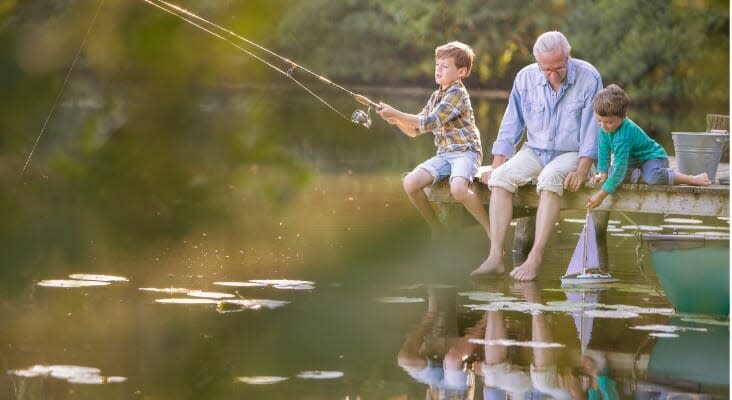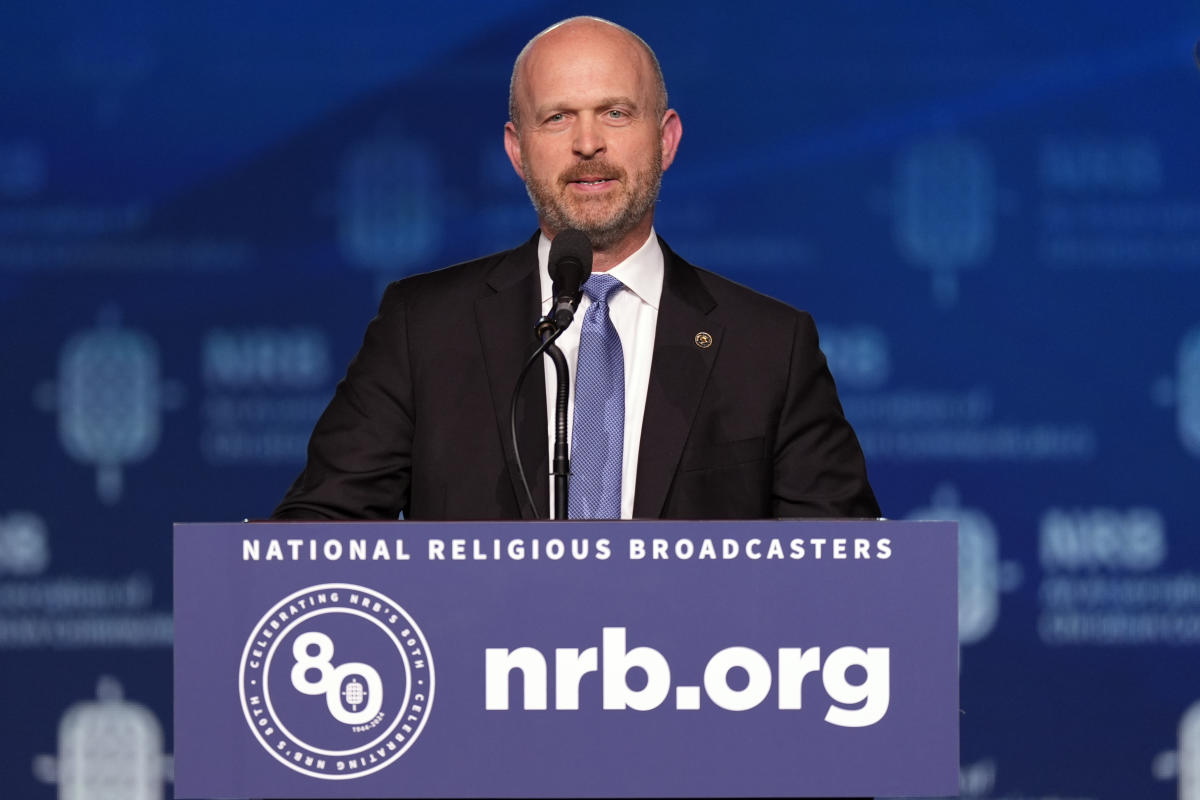I am approaching the time when I will take required minimum distributions (RMDs) from my Individual Retirement Account (IRA). I am in a dilemma about what to do with this expected large amount of money. I don’t necessarily need the money deposited into my checking account.
-Tommy
Retirees who don’t need the money from required minimum distributions (RMDs) don’t have to deposit it directly into a checking account. Fortunately, there are a range of options that can make RMDs work more effectively for you.
Keep in mind that how you handle your RMDs can have tax consequences, so it’s important to pay attention to these consequences. Here’s what to do with RMDs if you don’t need the money. (If you have any questions about investing or retirement, you can use this tool to connect with potential advisors.)
Consider an in-kind distribution


An in-kind distribution allows you to transfer or withdraw the assets from your account while maintaining their invested status, rather than cashing them out.
The benefit of distributing assets this way is that your money remains invested in stocks, exchange-traded funds, mutual funds, or other investments. This can be particularly useful if you have recently suffered losses and would like to wait for your investments to recover before cashing them out.
A disadvantage is that you still have to be able to pay the tax assessment associated with the benefit. (If you have additional questions about the tax implications of investment decisions, this tool can help match you with potential advisors.)
Choose a QCD
A qualified charitable distribution (QCD) allows taxpayers to transfer assets directly to charity, bypassing the need to pay taxes on the distribution.
QCDs are an option for people who really don’t need RMD money to pay their living expenses and would rather use it to fund charities.
Additionally, using QCDs strategically can result in other important retirement benefits. They remove money from the account holder’s taxable income, which can reduce Medicare premiums. Additionally, people who use this strategy before RMD age (they become available to those age 70 1/2 and older) can reduce the value of their overall tax benefit in their retirement accounts, minimizing RMDs in the future. (If you have any questions about investing or retirement, you can use this tool to connect with potential advisors.)
If you’re ready to be matched with local advisors who can help you achieve your financial goals, start now.
Try converting to a Roth


If you’re approaching RMD age, consider the benefits of strategically converting dollars from your traditional IRA to a Roth.
Roth accounts are not subject to RMDs, and making a Roth conversion can allow you to reduce future taxes and minimize or eliminate required distributions, giving you more control over that money in the future. Again, these conversions will have a tax consequence, so plan accordingly. (If you have additional questions about the tax implications of investment decisions, this tool can help match you with potential advisors.)
In short
There are several ways to approach RMDs that don’t involve dumping them into a checking account. But some of these approaches could impact your tax bill, investment strategy and retirement income. Consider working with an expert financial advisor if you’re unsure how to proceed.
Tips for finding a financial advisor
-
Finding a financial advisor does not have to be difficult. SmartAsset’s free tool matches you with up to three vetted financial advisors serving your area, and you can interview your advisors for free to decide which one is right for you. If you’re ready to find an advisor who can help you achieve your financial goals, get started now.
-
Consider a few advisors before choosing one. It’s important to make sure you find someone you trust to manage your money. As you consider your options, these are the questions you should ask an advisor to ensure you make the right choice.
-
Have an emergency fund on hand in case you encounter unexpected expenses. An emergency fund should be liquid – in an account that is not at risk of significant fluctuations like the stock market. The trade-off is that the value of liquid cash can be eroded by inflation. But with a high-interest account, you can earn compound interest. Compare savings accounts from these banks.
Susannah Snider, CFP® is a SmartAsset financial planning columnist answering reader questions on personal finance topics. Do you have a question that you would like answered? Email AskAnAdvisor@smartasset.com and your question may be answered in a future column.
Please note that Susannah is not a participant in the SmartAdvisor Match platform and is an employee of SmartAsset.
Photo credit: ©Jen Barker Worley, ©iStock.com/Halfpoint, ©iStock.com/Tom Merton
The post Ask an Advisor: I Don’t Need Them ‘Dumped into my checking account.’ What can I do with RMDs? appeared first on SmartAsset Blog.







